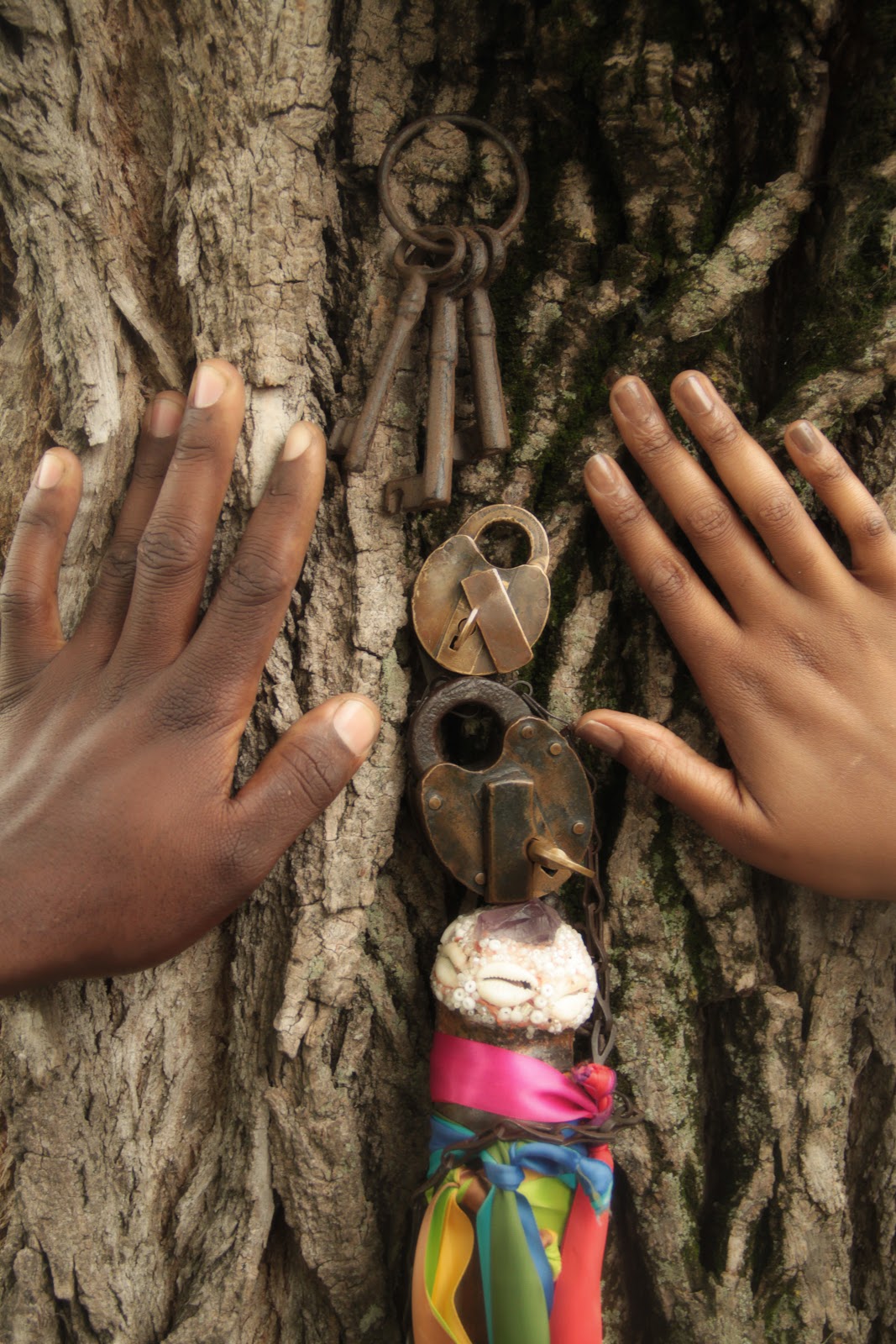My preliminary questions to Camille were, what is your artistic process and how do you come up with the steps that you perform? After getting to hear Camille A. Brown speak and see her company perform this question became a little less foggy. In the discussion that took place in the library Camille was asked a similar question and responded by saying how she does a lot of talking with her dancers about the subject of the piece and then starts giving them movement. An element to Camille’s process that I found extremely interesting was when she said that she has her dancers do a phrase up to 12 different times so she can see which she likes best. What came across through her talk and the performance was that she wanted the performance to feel real. Every dancer had a personality and were working off each other on stage, this is something that I found unique to Camille.
Camille A. Brown’s work is social dance which embodies deep emotions and brings difficult subject matters in front of diverse audiences. Her stories are told through the black experience which is also educational for those of us who don’t experience that. She is unapologetic in her pieces which gives them a voice that other forms of communication don’t display. She uses movement as a language and sees her pieces often as a conversation which is new for me. The way she uses rhythm and voice in her pieces is very stylistic and is something not often brought into other styles of dance.
Another aspect that makes social dance so powerful, is that it teaches large diverse crowds about topics that are uncomfortable and otherwise hard to voice. It softens the blow while also being very impactful with a message that sticks with you after the performance. This is what I hope to bring to the Brother Gabriel performance. That we make the audience think about the underlying issues that have caused the lack of recognition to the burial ground and the history that rests within.
A question that came up for me during the performance was if the performance feels different to the dancers depending on the audience that is watching the performance?
